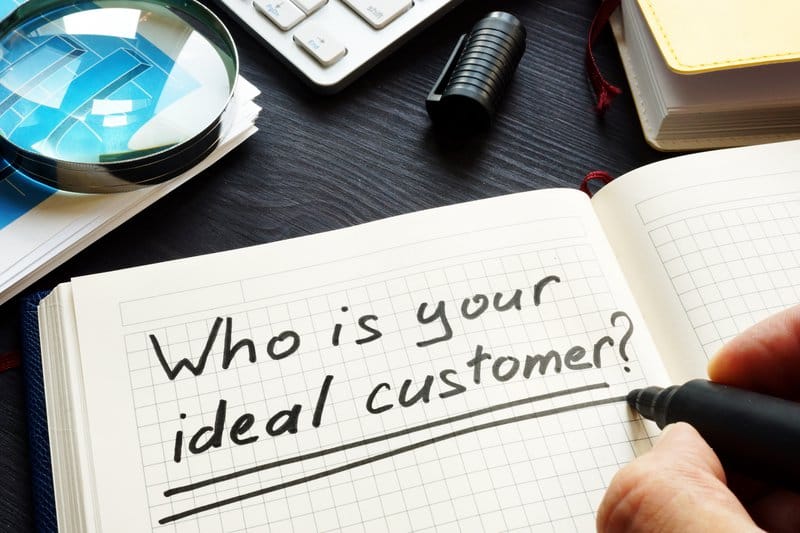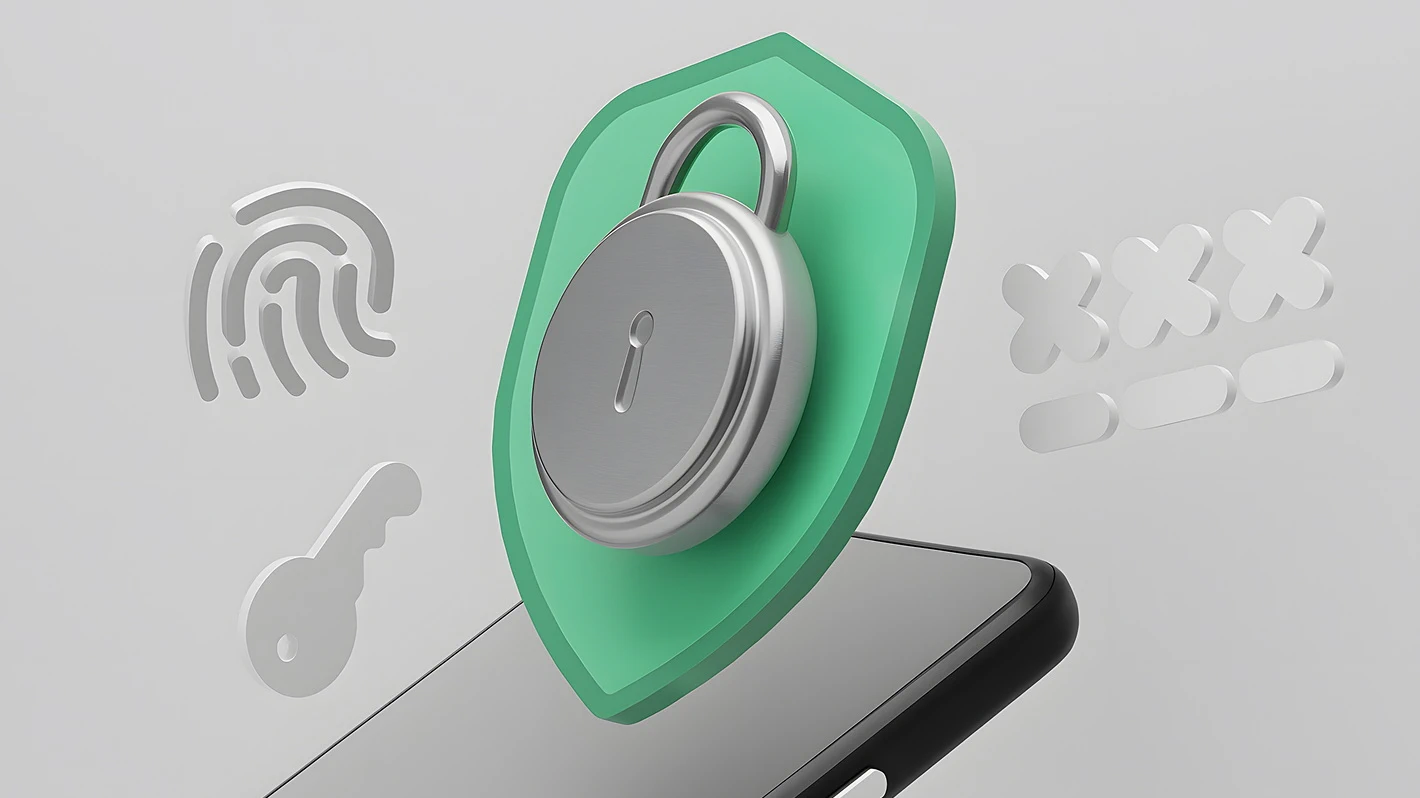For any business to succeed, several culminating factors must harmonize. Gathering data about what your customers need, what resonates with them best, and analyzing these findings are important steps in gauging how well your business is doing. One key metric you should focus on is customer lifetime value, also known as CLV.
Customer lifetime value is defined as the amount of revenue a customer would likely come to bring your business throughout the entirety of your relationship. It also focuses on building long-term relationships with your customers.
It is important to measure customer lifetime value because it can help you make important business decisions. You can tweak and improve your marketing strategy, sales processes, customer relations system, and overall product to better serve your customers.
With all of this in mind, here are the most critical ways customer lifetime value can benefit your brand.
Accurately Target Your Ideal Customer

To ensure your business’s success, you need to make sure that you are reaching the right people. That is why many companies strive to target their ideal audiences—and heavily invest in conducting market research. It’s all to learn what makes their target customers tick. When you understand the ‘why’ behind people’s wants, desires, and purchasing decisions, you can meet them on their terms so much more easily. Meeting them on their terms is the key to driving sales. Offering a convenient solution to consumer problems is the name of the business game.
While it may sound compelling to reach out to as many people as possible, it’s far more effective to connect with people who are already likely to purchase from your brand.
Customers who already have an intent to purchase are easier to propel towards pulling the trigger than those who randomly come across your product. Such customers are already aware of the problem at hand, providing you with an excellent opportunity to present your brand as the solution. This also helps businesses with limited resources to target the resources they do have as effectively as possible. Issues like investing in ineffective media will lessen as brands are more able to accurately target their ideal customer base, whether through strategic inbound marketing or a well-executed outbound sales strategy.
Even with businesses that thrive on one-time customers, having a clear target market is essential because each successful transaction offers unlimited referral potential. This is where CLV impacts target marketing. Even with one-time sales, customers remember each step of the process. It’s within these steps that businesses can forge a lasting impression. These positive experiences can then translate to existing customers persuading potential clients to invest.
Creating a good relationship with each customer can help the company grow and gain future customers. With each referral, the original customer’s CLV grows while also enabling the growth of the referral’s CLV.
Improve Brand and Customer Loyalty to Increase Your Revenue
Apart from helping a business cater to the right target market, determining a customer’s CLV can also aid in retaining customer loyalty. By understanding the full customer journey, each step can be evaluated to further improve each experience and garner more loyalty.
Both brand and customer loyalty are essential to business. That’s because customers who have an emotional relationship with a business often pose a much higher CLV than those without one. This, in turn, results in more long-term business and increased future revenue. Contrastingly, not prioritizing loyalty can lead to a loss in profitability—because acquisition and service costs are usually higher at the beginning of the customer journey.
To further understand the importance of both brand and customer loyalty, it is first important to note the difference between the two. Although both impact customer retention and repurchase rates, they differ in their approaches.
Customer loyalty revolves around the spending power of consumers, accounting for factors like a business’ typical prices and money-saving offers. On the other hand, brand loyalty mainly relates to the consumers’ perception of the business, regardless of the business’ prices and offers. This perception includes customers seeing the brand as more trustworthy and of higher quality than their competitors.
Some benefits of customer loyalty include word-of-mouth marketing, repurchases, and feedback data. These tools all but promise higher future revenue. Furthermore, it’s worth noting that investing in customer loyalty can be achieved through several channels. One popular tool for this is the loyalty rewards program.
Loyalty rewards programs offer future discounts or even free items to incentivize customers to keep frequenting the business. There is also a customer loyalty strategy that helps retain current customers while gaining new ones, which perpetually bolsters the referral program. With this, the business encourages current customers to refer potential clients through special referral bonuses or promotions. Implementing a referral tracking tool can enhance the effectiveness of the program by providing insights into referral sources and optimizing reward distribution.
Existing customer data can also be analyzed to see techniques and strategies that work with your target audience. You and your team can capitalize on this, and you can use the data to train your customer service team.
It is important to get to know the customers’ problems, suggestions, and comments concerning various aspects of the business. You can do this through suggestion forms or surveys that are given to customers after transactions. Understanding the customers will equip businesses with the ins and outs of how to further improve the customer experience. Your customers want to be heard. Listen to them!
Increase CLV to Reduce Acquisition Costs

Customer retention is directly proportional to revenue. The more a customer base is influenced to purchase, the more a brand’s revenue increases. Whenever companies upgrade, incentivize, or modify the experience of their customer base, consumers are more likely to buy more from the business.
A perfect example of this is how companies aim to make in-store customers feel like family. Studies have shown that customers tend to spend more in comfortable environments, as they offer a sense of belongingness and familiarity. This is evident whenever store clerks engage regulars on a first-name basis or initiate small talk. Another notable practice is incentivizing customers to return; this can look like discount cards, rebate promos, and even raffles.
Stores giving special discounts to long-time members is another example of incentivizing customers. This, and other similar strategies, have proven to increase the revenue gained from loyal customers. All in all, the positive relationship between customer retention strategies and revenue increase is evident.
Among the many factors contributing to a company’s survival and success is its commitment to maintaining customer loyalty. There are three main reasons why you should adopt a customer retention approach.
Firstly, doing so lessens the risk of a business’s customer base decreasing. Gaining new customers will take some time because you need to build trust and loyalty. Having an established base eliminates this lull.
Secondly, focusing on your loyal customers is likely to boost their consumption of your goods or services. For instance, providing loyal customers with convenience can greatly affect the amount of consumption. This convenience can include online shopping, a different mode of payment, or full-service deliveries.
Finally, loyal customers have the greatest customer lifetime value, as they spend the most over a long period of time. Looking at a company’s data, the total amount purchased by loyal customers will always trump seasonal or one-time buyers. All in all, investing in customer retention is worthwhile as a loyal customer base will continue to generate revenue over time.
In the lens of a cost-benefit analysis, customer retention is a good and stable way of increasing revenue. Reflecting on the resources required to build upon an existing customer relationship, it’s clear that it’s cheaper to nurture your current customer base.
Loyal customers already have an established understanding of your business and branding. This influences their rates of consumption of your products. Hence, upgrading various aspects of your business may enable long-standing customers to reinforce the trust they have for the business, and even increase their consumption.
On the other hand, courting new customers requires expenditures and risks to your business—for an uncertain return on investment. An example of such is when a company rebrands itself to become appealing to a wider audience. Even before a company launches its new branding, it must conduct studies to understand its target market. This market research costs money, time, and labor.
This is precisely why customer retention is a cost-efficient and effective strategy for increasing revenue. Such an approach may even attract new customers, so long as the company is committed to properly executing the programs.
How to Measure Customer Lifetime Value
There are various formulas for calculating the customer lifetime value. The simplest formula involves multiplying three metrics together: the average purchase value of your customers, the frequency of their purchasing, and the average lifespan of your customers in your business.

The average purchase value, also known as APV, refers to the revenue earned over a specified amount of time divided by the total sales. For example, if your business earned a revenue of $50,000 and you were able to close a total of 5000 sales, the average purchase value of that period would be $10.
The next variable, which is the average purchase frequency, can be found by dividing the total number of purchases by the unique customers. For example, if your business recorded 5000 purchases from 50 unique customers, the average purchase frequency is 100 times.
The final variable, which is the average customer lifespan, is the sum of all recorded customer lifespans divided by your total number of customers. By multiplying these three variables together, you can gauge your business’s customer lifetime value.
It is also important to take note of the three main approaches in calculating CLV: historical, predictive, and traditional. Analyzing historical customer lifetime value allows you to measure present CLV using past gross profit. This means you only need to sift through data you already have. This can be computed through cohort analysis.
The predictive approach measures the value a customer will give your business throughout their lifetime. It utilizes both past data and predictive measures to estimate the value a particular customer can bring to your brand. Forecasting can help you strategize your acquisitions and create campaigns that accurately target your intended audience.
Last, but not least, is the traditional approach. This approach accounts for sales that do not stay the same over a specified period of time. Since the market is always shifting and you need to take these changes into account, you need a more in-depth formula to calculate the customer lifetime value. This is where the traditional approach comes in. It gives you a more holistic view of what has been going on in your business.
Strengthen the Digital Customer Experience

Nowadays, businesses need a strong digital customer experience to resonate with their customers and rise above the competition. Helpware can elevate your digital strategy by strengthening your customer service efforts with the latest tools and technologies.
Supercharge your digital customer experience with Helpware’s inbound and outbound call center, multilingual support across multiple channels, and outsourced IT services. Reach out to Helpware to learn how you can boost your customer lifetime value today!











